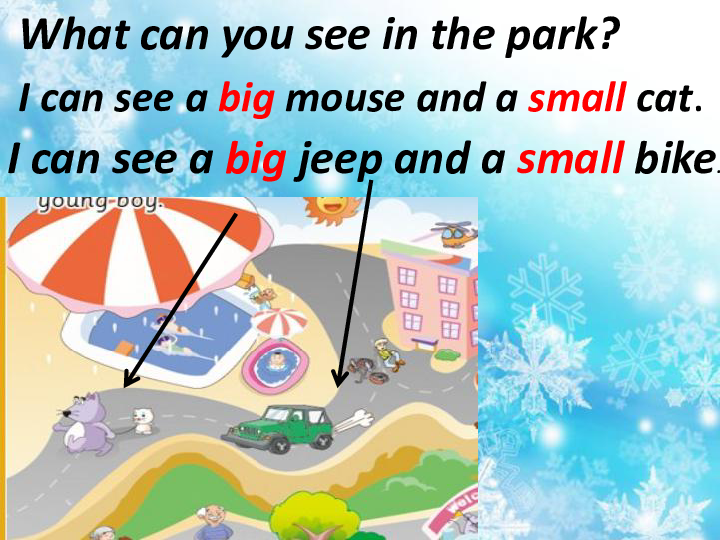"The Physics Behind a Car Starts from Rest and Travels for 5.0 s: Understanding Acceleration and Motion"
Guide or Summary:A Car Starts from RestTravels for 5.0 sUnderstanding AccelerationReal-World Applications**Translation:** a car starts from rest and travels……
Guide or Summary:
**Translation:** a car starts from rest and travels for 5.0 s
---
A Car Starts from Rest
When we say "a car starts from rest," we are referring to a scenario in physics where the vehicle begins its journey with an initial velocity of zero. This concept is fundamental in the study of kinematics, which deals with the motion of objects. Starting from rest signifies that the car has not yet begun to move, and thus, its speed is zero. This initial condition is crucial for calculating various parameters of motion, such as acceleration, distance traveled, and final velocity.
Travels for 5.0 s
The phrase "travels for 5.0 s" indicates that the car is in motion for a duration of five seconds. In the context of physics, this time interval is significant for determining how far the car travels during this period and how its velocity changes. By analyzing the motion over this time frame, we can derive essential insights into the car's acceleration and the forces acting upon it.
Understanding Acceleration
Acceleration is defined as the rate of change of velocity over time. In our scenario, if the car starts from rest and accelerates, we can calculate its acceleration using the formula:

\[ a = \frac{v_f - v_i}{t} \]
Where:
- \( a \) is the acceleration,
- \( v_f \) is the final velocity,
- \( v_i \) is the initial velocity (which is 0 in this case),

- \( t \) is the time duration (5.0 s).
If we assume a constant acceleration, we can further explore how this affects the car's motion. The distance traveled by the car can be calculated using the equation:
\[ d = v_i t + \frac{1}{2} a t^2 \]
Since the initial velocity \( v_i \) is zero, this simplifies to:
\[ d = \frac{1}{2} a t^2 \]

This equation allows us to determine how far the car travels during the 5.0 seconds based on its acceleration.
Real-World Applications
Understanding the principles behind "a car starts from rest and travels for 5.0 s" has practical applications in various fields, including automotive engineering, safety testing, and traffic management. For instance, engineers need to know how quickly a car can accelerate from a stop to ensure that it meets safety standards. Similarly, traffic planners must understand vehicle acceleration to design roads and intersections that accommodate safe and efficient traffic flow.
In conclusion, the scenario where "a car starts from rest and travels for 5.0 s" serves as an excellent example to illustrate fundamental concepts in physics, particularly in kinematics. By analyzing the car's motion, we can understand the importance of acceleration, the relationship between time and distance, and the practical implications of these principles in the real world. Whether for academic purposes or practical applications, this scenario provides valuable insights into the dynamics of motion.